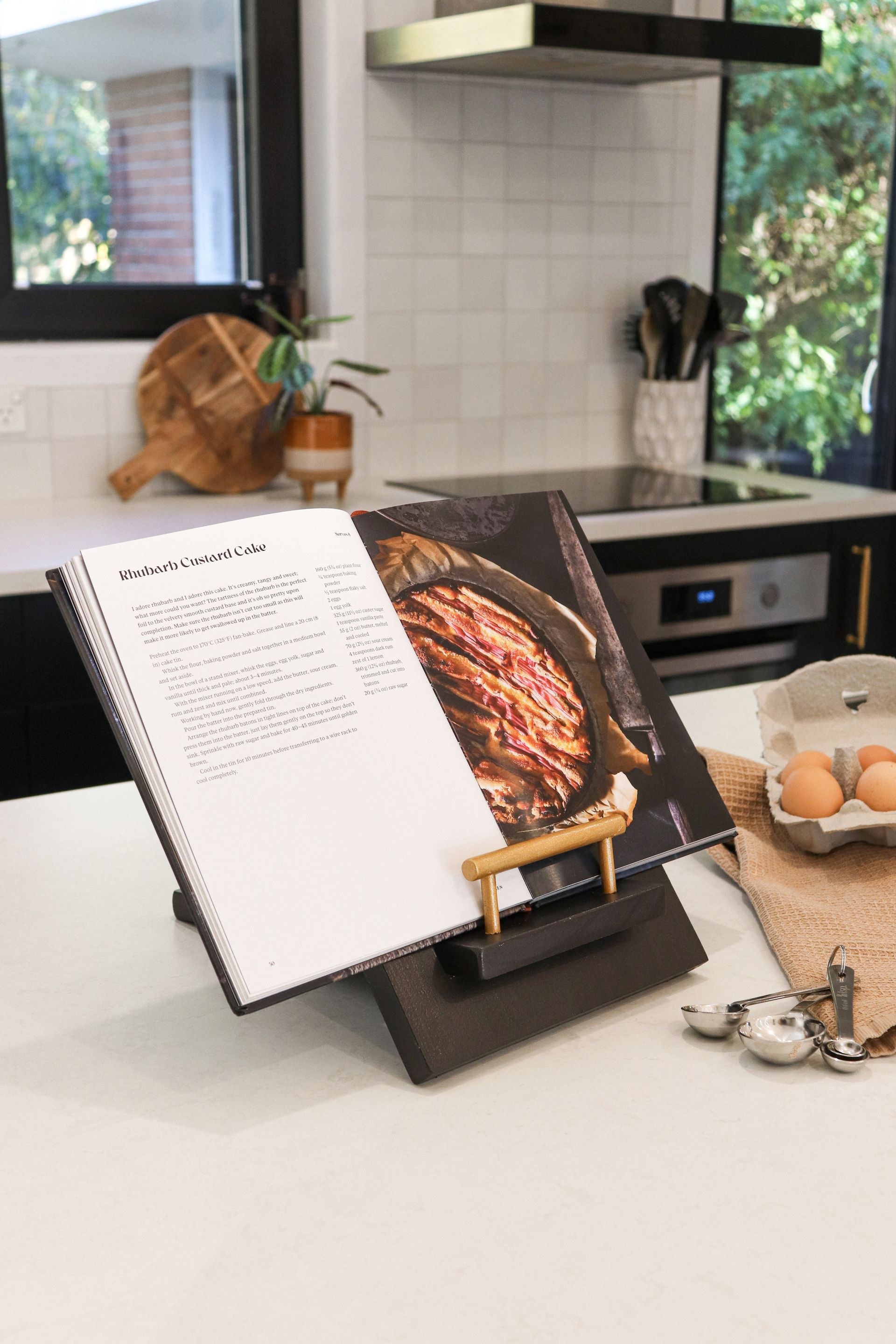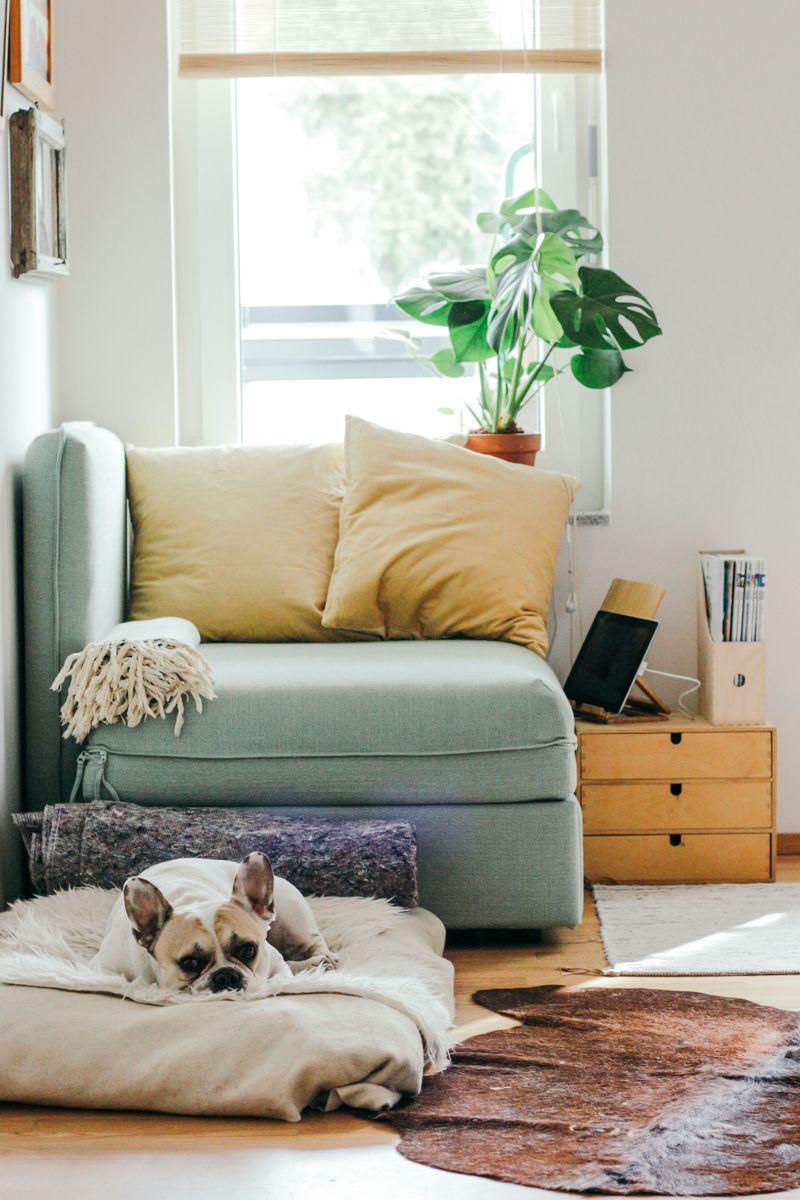Ideally your outdoor furniture should be as relaxing as it is functional, which in turn makes the perfect setting for entertaining family and friends, or even as your own personal haven. Mitre 10 MEGA offers some advice.
The living potential of your outdoor areas is boundless and with the right furniture, it will be your favourite place to relax and entertain. Start your search for new outdoor furniture by taking the time to think about how you and your family and friends will potentially use the space. Do you want to dine in the area, or does a sunken lounge surrounding a fire pit sound more your style? Do you long for a quiet sunny space to read and relax in?
Make a list of all of the things that you would like to have and do in your outdoor space and then use it as a guide to help you decide what type of furniture would suit and how you can fit it all in. In this planning stage, take measurements of the space so that you can floor-plan as you select pieces of furniture so you don’t risk overcrowding your outdoor area.
Try before you buy! It’s very important to consider your comfort as well. Is it comfortable? How is the seat depth? Are the arms of the chairs going to be used for sitting drinks on? If so, you will want to have them wide enough to sit a glass on safely, or will you be using a coffee table instead?
Trends and colours come and go and while it is great to freshen up your outside area with a new look or theme, it is always best to stick with neutral base colours for main pieces of furniture and add colourful accessories such as cushions, outdoor rugs, lamps and so forth into the mix to update your area. Following on from fashion and interior design trends, honey and ivy shades will be very popular this summer with nature-inspired prints to contrast.
An outdoor floor rug or two can be the perfect way to finish the look of your outdoor setting and help define your layout or spaces. It is also really comforting to feel a soft outdoor rug underfoot, and as they are right on trend, there are a lot of different styles to choose from.
Outdoor areas tend to be limited in terms of the space available for furnishings. A great way of making these spaces seem bigger and more functional is to select furniture that can double up on its purpose. Think bench seating with hidden storage, ottomans that can also work as extra seating when you have family and friends around, and side tables that can be moved to provide extra table space for food, drinks or the occasional birthday cake stand. Make sure whatever you choose, your outdoor furniture works well for you, giving you more time to relax.
Your outdoor living spaces should feel like an extension of your indoor living spaces, but they should not become part of your weekly cleaning schedule! Purchasing outdoor furniture that uses the most durable material that you can afford is very important. You definitely get what you pay for with this type of furniture.
Aluminium doesn’t rust, FSC Timber is sustainable, resin is very durable and concrete is fabulous in windy weather as it is very heavy. In regards to upholstery, look for specific outdoor fabrics that won’t absorb the damp and become mould-spotted. Also, consider colours and patterns that are sure not to fade in any direct sunlight, and machine washable fabrics are ideal.
For more information, call down to Mitre 10 Mega Ashburton where the friendly staff can assist. Visit www.mitre10.co.nz.
Recent stories




